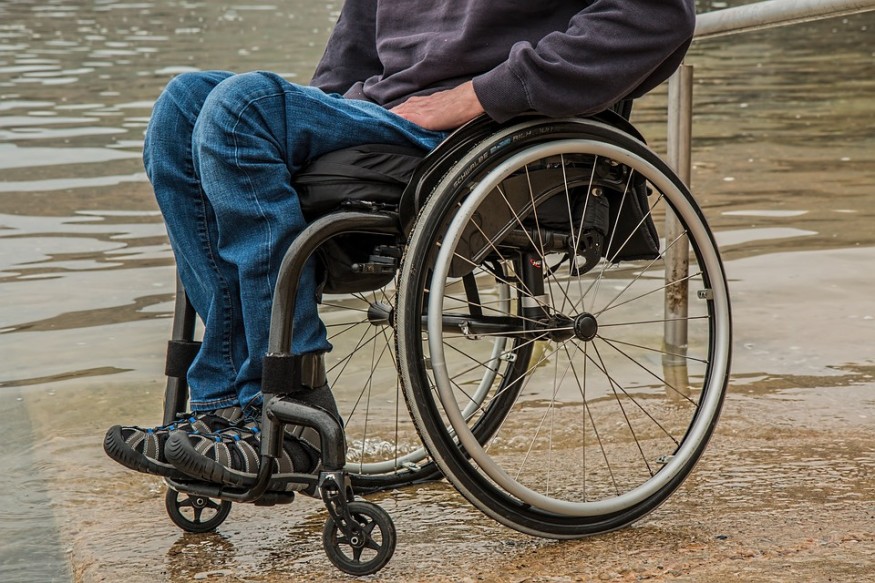
Four years ago, a man who prefers to be identified only as Thibault was involved in an accident that left him with a spinal cord injury and paralysis from the shoulders down. Thibault spent two years in the hospital until he took part of a trial with the University of Grenoble and Clinitec, one of the leading biomedical research and development centers in France.
"When you are in my position, when you can't do anything with your body [...] I wanted to do something with my brain," Thibault told reporters.
Researchers report that Thibault is now able to operate an exoskeleton controlled simply by his thoughts—with the assistance of a high-tech robot, the 28-year-old man, who had zero control over his four limbs, was able to walk again.
Getting to this point took some doing though. Thibault underwent surgery to have two implants placed on the tough outer membrane of his brain. Previous experiments of this nature commonly involved inserting ultrathin electrodes into specific areas of the brain. That approach, however, has its caveat: wires entering the skull run the risk of an infection. In addition, over time, these ultrathin electrodes get covered by a scar tissue, thus decreasing functionality over time.
By designing electrodes that could fully operate while just sitting on the surface of the brain instead of implanted inside, the researchers were able to circumvent these predictable issues, so says Alim Louis Benabid of the University of Grenoble. Several brain scans later, they were able to map out which parts of the brain were activated when Thibault thought about moving his arms around and walking.
The implants were designed at 5 centimeters in diameter, each having 64 electrodes able to read brain activity then transmit that data to a nearby computer.
A lot of the work still rested on Thibault though. After the multiple brain scans and the surgical implants, he had to re-train his mind to walk before actually being attached to the exoskeleton. Using a video game avatar at first, Thibault had to relearn the basic movement and natural thought processes of walking, reaching out with his arms, and touching objects. This was a process that took months, and it eventually led to a breakthrough.
"It was like [being the] first man on the Moon. I didn't walk for two years. I forgot what it is to stand. I forgot I was taller than a lot of people in the room," Thibault said.
At this stage, the exoskeleton needs to be attached to a ceiling harness to function properly as it takes a lot more calculation to be able to stand. The technology is still years away from becoming a commercially available medical tool—it needs to be refined further. The data gathering and processing power of the electrodes used in addition to the computer that receives and transmits that data to the exoskeleton need to improve to get the exoskeleton anywhere near full functionality.
The researchers are hopeful though. Thibault being able to walk with the exoskeleton suggests that the main principle of the technology holds true: this is proof of concept. And it could lead to a better quality of life for tetraplegics everywhere.
© 2026 ScienceTimes.com All rights reserved. Do not reproduce without permission. The window to the world of Science Times.











